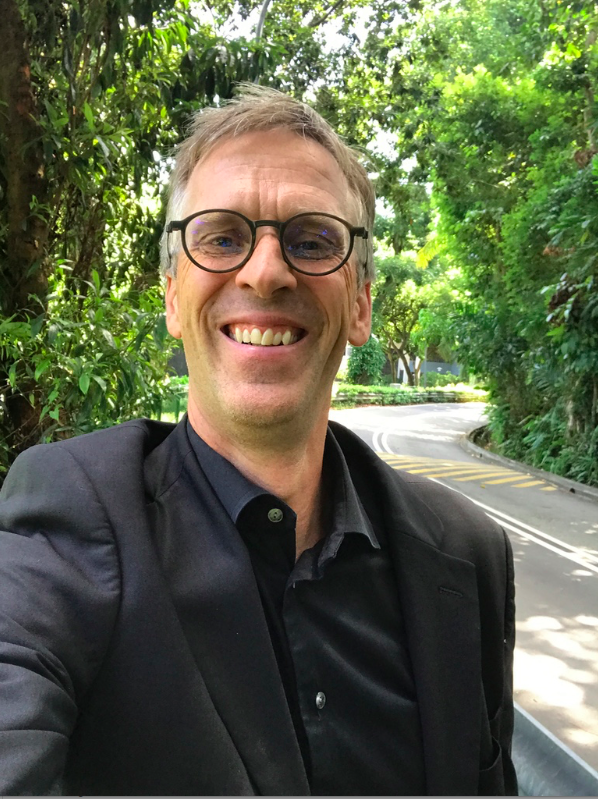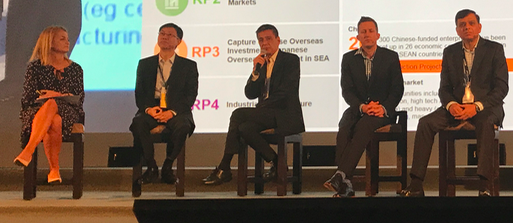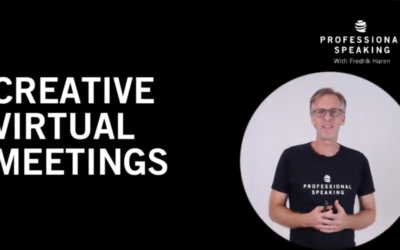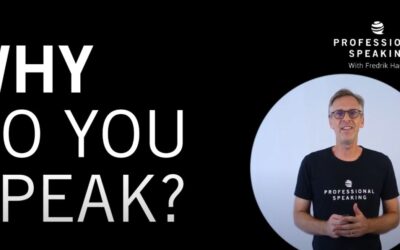
In this blog I try to mix the kind of advice I get on becoming a successful keynote speaker, from how to craft a speech, to how to interact with the audience, to how to get more speaking business and so on.
Today I want to talk about something that might seem trivial and small, but as in all professions, the key to a successful speaking career lies in mastering all the small, trivial things.
So today I will talk about how to pick your clothes for your speech.
Today I spoke at the Asia Management Conference of AECOM a very successful company that designs, build, finance and manage huge infrastructure projects like airports, bridges, subways etc.
Since the 2-day conference was in Singapore and since I was speaking on the second day I took the time to go down and meet with the organisers at the end of day 1 to find out how the first day had been. (This “last minute extra brief” is something I highly recommend you do if you speak on the second day, that’s where you can get a feel for what the mood will be the day you speak.)
Before I met with the client I walked around in the ballroom area to get a sense of the audience I was going to speak to. Are they chatty? Do they look stiff or relaxed? Things like that.
And I also looked at what they were wearing.
Turns out almost everyone I met was dressed on black.
So I made a mental note, and today when I picked my suit I picked a black one with a black shirt.
(As you can see from the panel discussion from day 2 this company really likes to dress in black.)

By dressing like the audience you create a feeling of “us” with the attendees, and that makes it eaiser for them to connect with you, which makes it easier for them to hear your message.
It might seem like a tiny detail to care about, but I am absolutely convinced it helped make the speech a success. If nothing else it reminded me to connect with the audience and build affinity with them.
Perhaps dressing in black to look more like them was something I did more for myself than for them…
(Picture from when I was walking down to the bus stop to take a public bus to work – not every day I, as a global speaker, get to take the bus to work 😉




